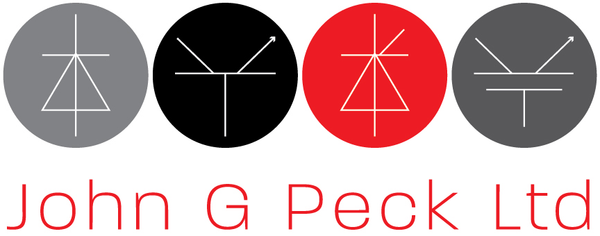Laminated Inverter Busbars

Busbars reduce system costs, improve reliability, increase capacitance and eliminate wiring errors. They also lower inductance and increase capacitance. The physical structure of busbars can also offer structural integrity that wiring methods cannot plus power distribution subsystems can also act as structural members of a total system.
Laminated Busbar benefits;
Reduce system costsA laminated busbar can lower manufacturing costs by decreasing assembly time, internal material handling and inventory.
Improved ReliabilityLaminated busbars ensure a consistent high-quality build. The reduction of wiring errors results in fewer reworks, lower service costs and higher quality systems.
Increased CapacitanceIncreased capacitance results in decreasing characteristic impedance, leading to greater effective signal suppression and noise elimination. Keeping the dielectrics thin and using a high relative K factor will increase capacitance.
Improved quality by eliminating wiring errorsWiring harnesses have high failure rates relative to busbars, which have virtually none. By replacing a standard cable harnesses with busbars, the possibility for miss-wiring is eliminated.
Low InductanceAny conductor carrying current will develop an electromagnetic field. The use of thin parallel conductors with a thin dielectric laminated together minimises the effect of inductance. Magnetic flux cancellation is maximised when opposing potentials are laminated together. Laminated busbars are designed to reduce the proximity effect in many semiconductor applications as well as applications that involve high electromagnetic interference (EMI). The benefits of laminated busbars are especially important for wide band gap devices such as SiC or GaN switching at high frequency circuits.
Low ImpedanceIncreasing the capacitance and reducing the inductance is a determining factor in eliminating noise. Keeping the dielectric thickness to a minimum will accomplish the highly desired low impedance.
High density designs possibleThe use of wide, thin conductors laminated together can decrease space requirements, increasing power density reducing total system size and cost.
Wide variety of interconnectionsThe flexibility of busbars allows a large number of interconnection styles to choose. Bushings, embossments and faston® tabs are most commonly used but wire harnesses, solderable connectors or pressed-in fittings can also be integrated into the design.
Improved Thermal CharacteristicsThe wide, thin conductors are favourable for optimised airflow in systems. As Semiconductor package sizes decrease, the cost of removing heat from systems is greatly increased. A bus bar not only reduces the overall size of system package required, but it can also improve airflow with its sleek design.


Follow Us